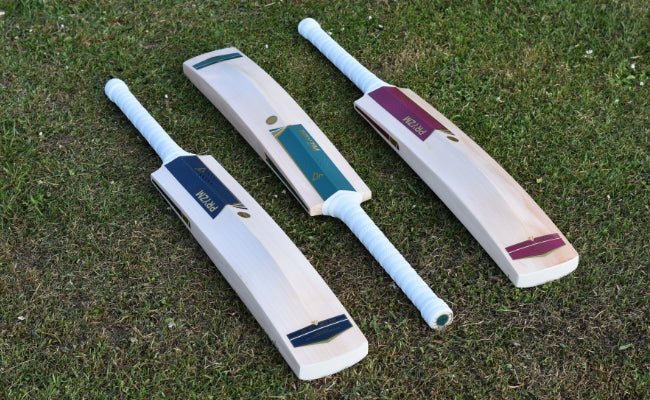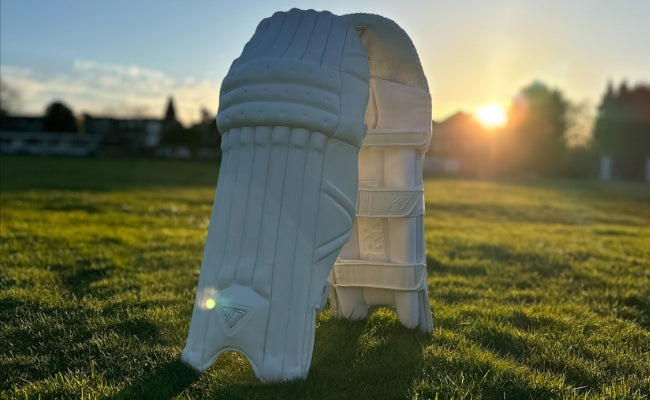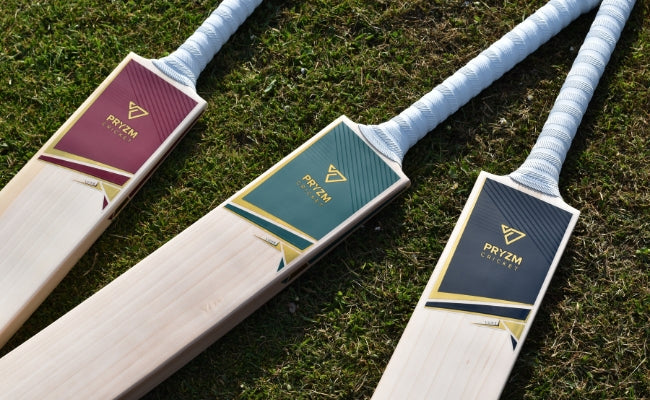
Five of the most unlucky numbers every cricketer hates

Who can ever ignore these numbers? Cricketers claim they don't care very much about them but deep down inside they know how much they are affected.
The bad omens, although 7/10 times they don’t make a difference - but still they are deadlier than others and everyone knows about it when it happens.
111 (Nelson)
Nelson is thought to refer to Lord Nelson's lost eye, arm and leg; however, notably Nelson actually had both of his legs intact, and the third missing body part is mythical. Also, the figure of 111 represents cricket stumps without the bails - meaning the batsman is out.

David Shepherd made popular the long-standing practice of raising a leg or legs from the ground on Nelson in an effort to avoid ill fate. When crowds noticed this and they would cheer his leg-raising.
The effects of this can be a double nelson (222), triple nelson (333) and so on.
Graham Gooch's 333 is a perfect example on the Nelson effect. He could have gotten a lot more if it weren't for Mr. Nelson.
87
Considered the unluckiest number in Australian cricket, many know 87 as taboo for being 13 short of the coveted 100 every batsman pursues.
The origin of the superstition stretches back to December 1929, when a 10-year-old Keith Miller was watching Australia’s greatest. Don Bradman was putting on a batting master class for NSW against hosts Victoria, when out of nowhere the Don was bowled neck and crop by Harry ‘Bull’ Alexander on 87.
Since then the myth has grew and grew with a number of Australian batsman being dismissed on 87.
0 (The Duck)
Getting off the mark is one of the most important things for any amateur cricket, so "Quack Quack" is a sound no batsman likes to hear. Though Australia’s Channel 9 is the only one which does it on the screen, each batsman hears it in his mind at the time of getting out.
The person who would hate the number 0 is Courtney Walsh as he tops the list of most ducks in test cricket with 43 in 185 innings.
A pair is when a person gets out on zero in both innings and a king pair is when he gets out first ball both times.
99
This is a number that makes even the best batsman do silly things; more-so when they can see their individual score on a scoreboard.
Any batsman would be unhappy if they lost their wicket on 99, just one away from the magical ton - it’ll make some batsman do silly things. The silly run-out, the closed eye swipe - you name it, it’ll turn the best batsman into mush if they cannot get that one elusive run to turn their score into triple figures.
Shane Warne will always be remembered how he got so close to scoring, what would have been his one and only century in test cricket after being caught on 99 from a Dan Vettori no-ball.
The 60’s
After scoring a half-century, some batsmen feel like their job is done and begin to relax - by doing this many end up losing their wicket between 60-69 runs.
This isn’t exactly a bad omen, more of a syndrome of not being able to go and get the big one. This is normally a distinction of a good and a great batsman.








Leave a comment
This site is protected by hCaptcha and the hCaptcha Privacy Policy and Terms of Service apply.